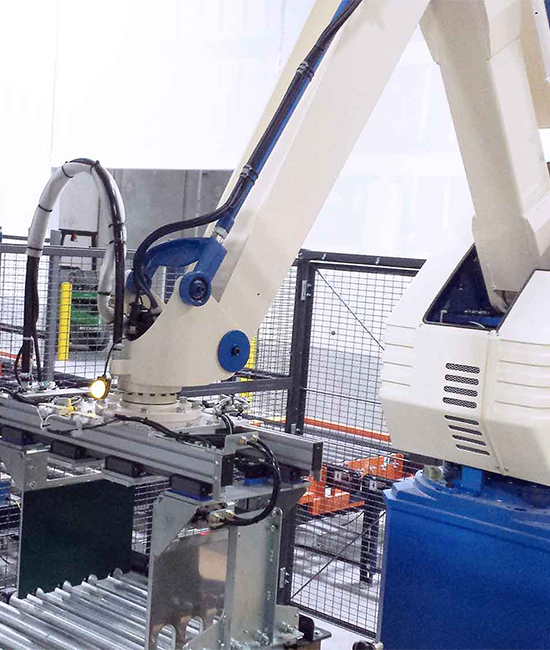Palletizing and depalletizing are critical operations in manufacturing, distribution, and fulfillment. As labor has become harder to find and retain, conventional and robotic automated palletizing solutions have become vital to maintain consistent throughputs for many operations.
Conventional and robotic palletizing fill different niches in material handling, but both can reduce or even eliminate the need for manual labor in palletizing operations. Other benefits include consistent, precision stacking of goods that can maximize utilization of warehouse space and minimize freight charges, as well as increased safety and employee morale.
At PeakLogix, we’re a brand agnostic material handling systems integrator that specializes in innovative, bespoke automated solutions. Through our partnership, we can increase the consistency and efficiency throughout your distribution processes, from inbound receiving to outbound shipments and everything in between. We deliver customized solutions tailored to our partner’s needs that address issues ranging from ergonomics and employee safety to fully automated warehousing solutions.


